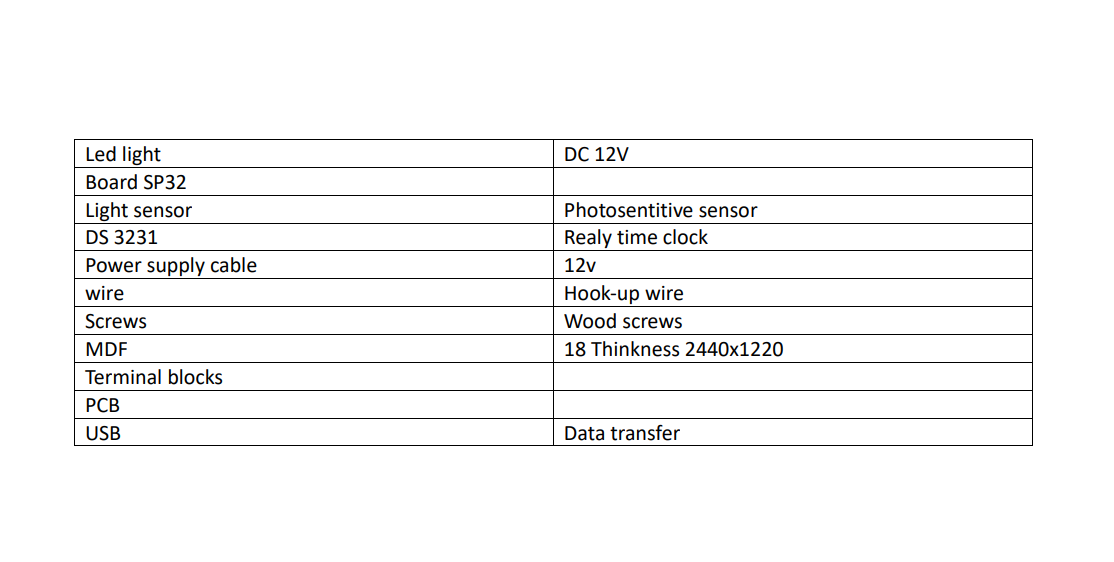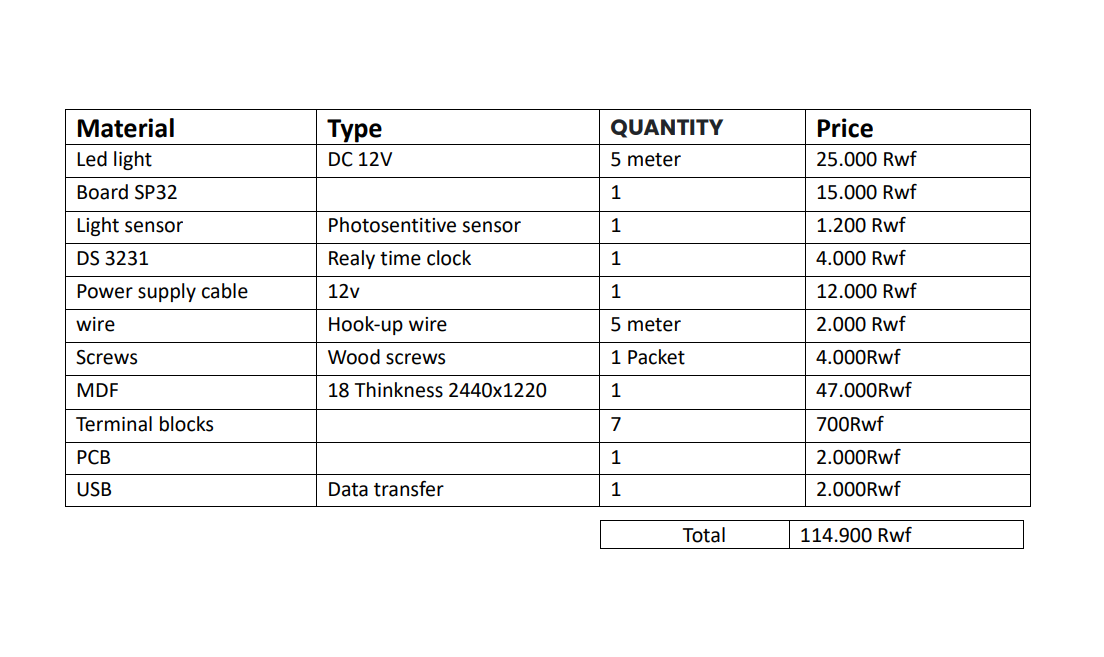APPLICATIONS AND IMPLICATION
1.What does it do?
A Fab shelf edge digital clock is a timekeeping device that is designed to be mounted on the edge of a shelf or similar surface. It typically has a slim and compact design, making it easy to fit into small spaces. These clocks are popular in retail settings, where they are used to display the time and help customers keep track of the time they spend in the store. They are often used in conjunction with digital signage displays to provide a complete digital advertising and information solution. Shelf edge digital clocks are available in a range of styles and designs, including LED and LCD displays, and can be powered by batteries or mains electricity. Some models include additional features such as alarms, timers, and temperature displays. Overall, shelf edge digital clocks are a useful and practical tool for any retail or commercial environment where accurate timekeeping is important, and where space is at a premium. They provide a cost-effective way to display the time and can help to enhance the overall shopping experience for customers.
2.Who's done this beforehand?
I got the inspiration from DIY Machine
3.What did you design?
I designed a Fab digital shelf edge clock, The clock is placed on the shelf edge, facing outwards, and can be programmed to display different types of information. For example, it can show the time, date, and product pricing information. The clock can also be synchronized with other clocks in the store, ensuring accurate timekeeping across the entire location. In addition to displaying information, the Digital Shelf Edge Clock can also be used to capture data. For example, it can be equipped with sensors to track customer traffic and measure the effectiveness of marketing campaigns.
4. What materials and components were used?

5.Where did they come from?
I got all the electronic components and material used in my project from FabLabRwanda.
6.How much did they cost?

7.What parts and systems were made?
a. Computer-aided design
2D & 3D Design
b. Embedded programming
ESP-32
c.Electronics design and production
Design Circuit, PCB Milling
d.Input Devices
Neopixel leds codes
e.Output Devices
Leds clock realy time
8.What processes were used?
Mechanical system
3D-printed enclosure:From PLA filament I printed the the cover, the led holder and the board cover.
Electronic system:
Microcontroller (ESP-32): Microcontroller which will be used to control the realy time clock
9.What questions were answered? What worked? What didn't? How was it evaluated?
1.How to use a 3D printer
2.How to make a PCB
3.How to solde
4.Soldering of modules in board instead of using pins
5.How to connect ESP-32 with realy time clock
6.How to debugging
10.What worked? What didn't?
Here my project Runned okey nothing didn't work, It works as i planned before
11. How was it evaluated?
1.Integration of Technology: By incorporating digital display technology into a shelf-mounted clock, the project demonstrates the integration of technology into everyday objects. This fusion of traditional timekeeping with digital capabilities showcases the potential for technology to enhance and modernize even the simplest of devices.
2.Enhanced User Experience: The Digital Shelf Edge Clock project aims to improve the shopping experience by providing shoppers with a convenient way to keep track of time while in a store. This innovative approach considers the needs and preferences of customers, prioritizing their convenience and ensuring they can efficiently manage their time during their shopping trips.
3.Potential for Expansion and Adaptation: The concept of a shelf edge digital clock can extend beyond retail environments. The project's innovation and design can inspire further applications in various contexts, such as libraries, warehouses, offices, or other settings where a compact, shelf-mounted clock could be beneficial.
12. What are the implications?
1.Time Management: A digital shelf clock provides an easy and convenient way to keep track of time. It allows individuals to manage their schedules effectively, ensuring punctuality for meetings, appointments, and other time-sensitive activities.
2.Accurate Timekeeping: Digital shelf clocks typically utilize electronic mechanisms or quartz movements, which offer precise timekeeping. They are often synchronized with atomic clocks or other time references, ensuring accuracy and eliminating the need for manual adjustments.
3.Visibility and Readability: The digital display of a shelf clock offers high visibility and readability. The large, clear digits make it easy to read the time from a distance or at a glance, eliminating any ambiguity or confusion.
4.Versatility in Placement: Digital shelf clocks are designed to be placed on shelves, desks, tables, or any flat surface. They are compact, lightweight, and portable, allowing for flexible placement in various settings, such as homes, offices, classrooms, libraries, or public spaces.
5.Multiple Functions: Many digital shelf clocks come with additional functions beyond displaying the time. They may include features like an alarm clock, temperature display, calendar, timer, stopwatch, or backlighting. These added functionalities enhance their usefulness and make them multi-purpose devices.
6.Decorative and Aesthetic Appeal: Digital shelf clocks come in various designs, styles, and colors to complement different interior settings. They can serve as decorative elements, adding a touch of modernity or sophistication to a room while also providing practical functionality.
7.Accessibility for the Visually Impaired: Digital shelf clocks with large, bold digits and high contrast displays can be particularly beneficial for individuals with visual impairments. The clear and easily readable display allows them to access the time independently and conveniently.
8.Branding and Advertising: In commercial settings, digital shelf clocks can be utilized as marketing tools. They can display logos, advertisements, or promotional messages, effectively drawing attention to products or services.
Furthermore, the project provides an excellent learning opportunity in electronics, PCB manufacturing, 3D printing, and debbuging.